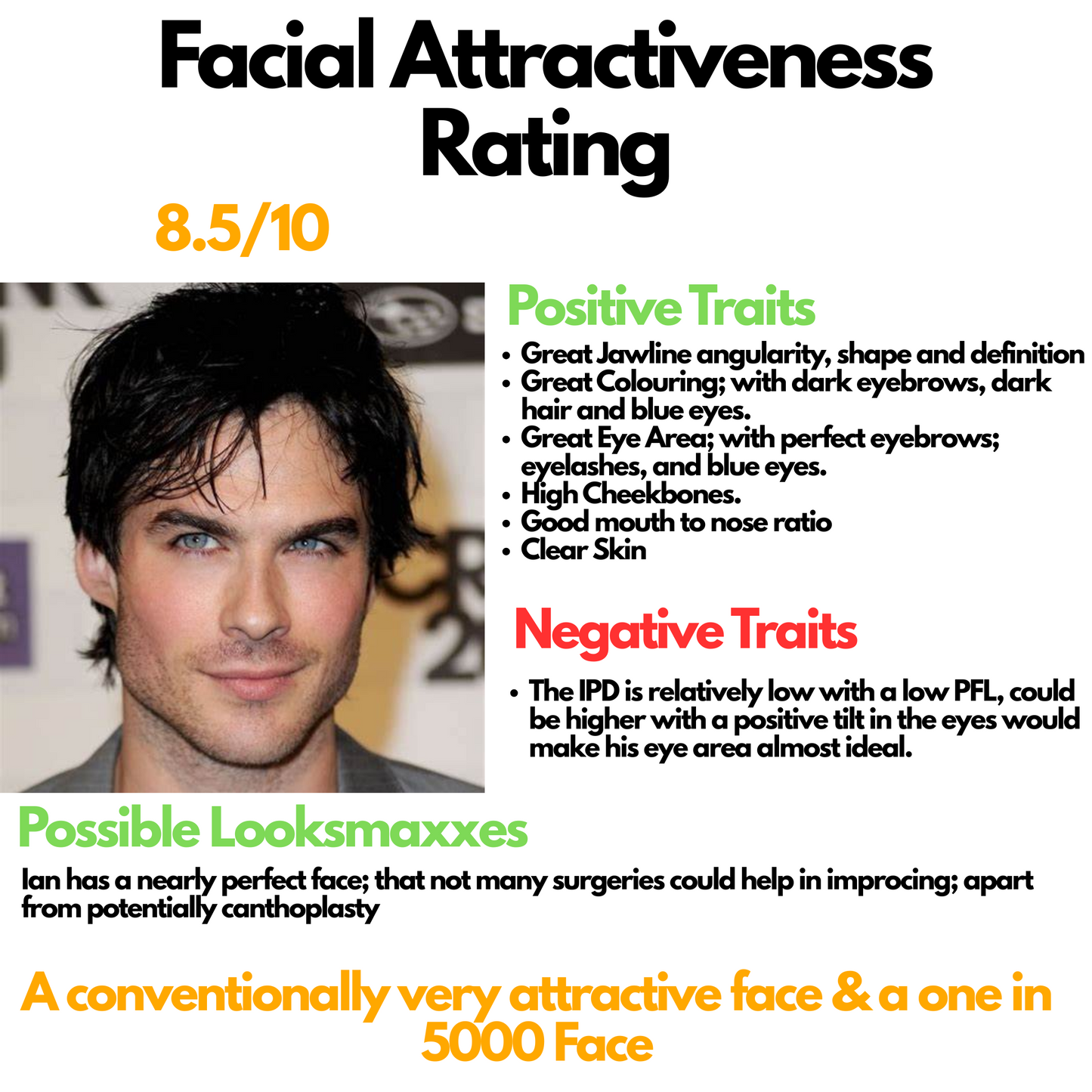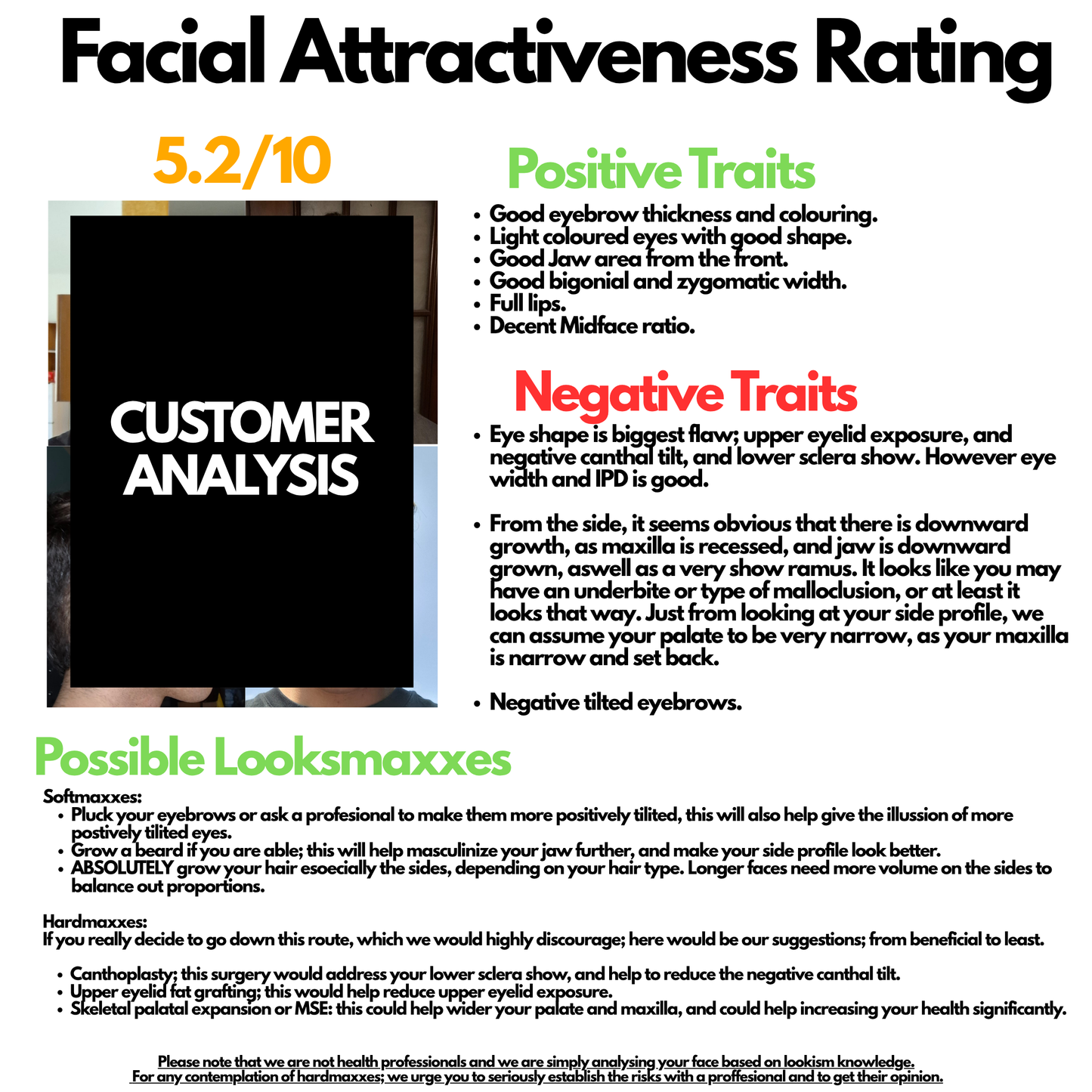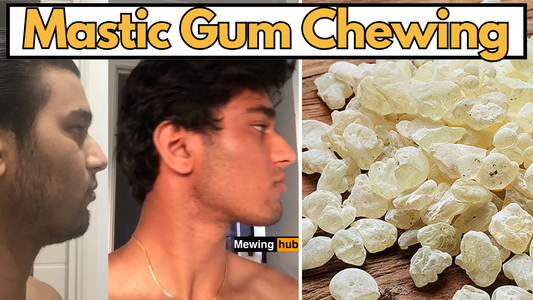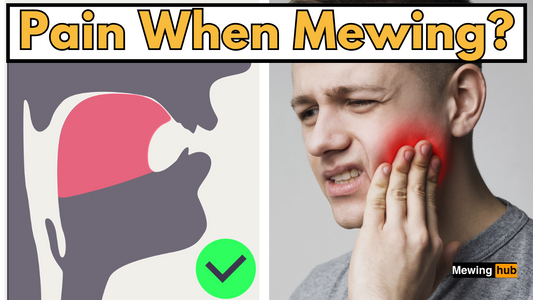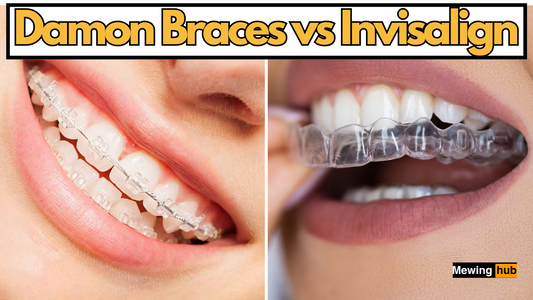Normal Bite vs Overbite: Understanding the Differences and Their Impact
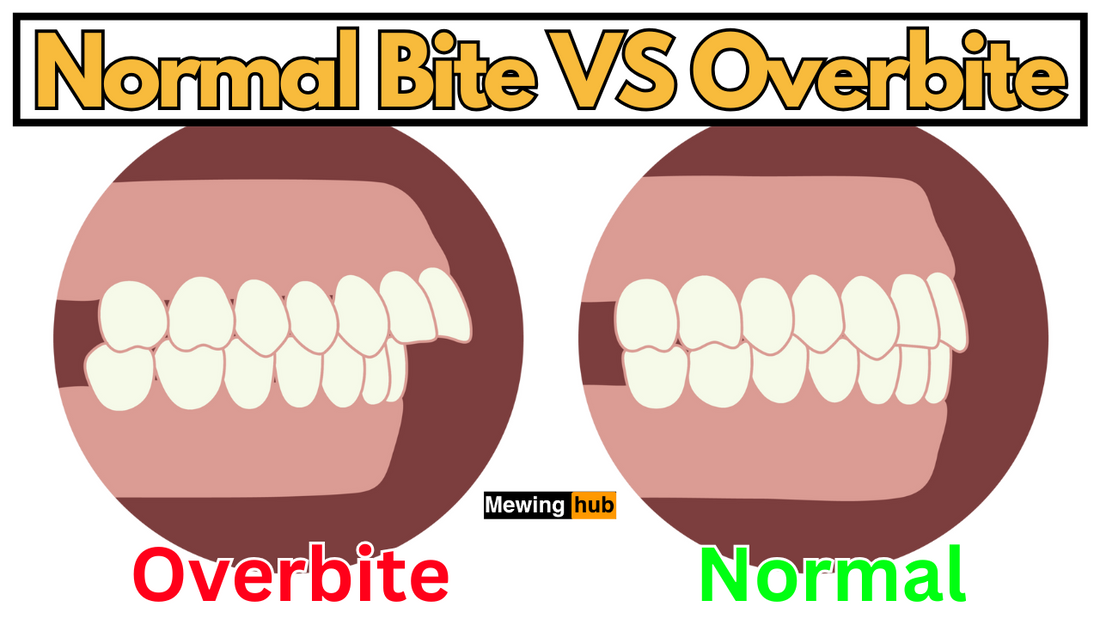
Share
A proper bite alignment is crucial for oral health, facial aesthetics, and overall well-being. Many people wonder about the differences between a normal bite and an overbite, and how these alignments affect their appearance and dental function.
This comprehensive guide explores normal bite vs overbite, their characteristics, and implications for your oral health.
What is a Normal Bite?

A normal bite, also known as an ideal occlusion, occurs when the upper and lower teeth align properly when the jaw is closed. In a normal bite:
-
The upper front teeth slightly overlap the lower front teeth
-
The molars fit together like puzzle pieces
-
There's minimal space between the upper and lower teeth when biting down
Characteristics of a Normal Bite
-
Proper alignment: Upper and lower teeth meet evenly
-
Balanced jaw position: The jaw sits comfortably without strain
-
Even distribution of bite force: Pressure is spread across all teeth
-
Efficient chewing: Food is easily broken down and digested
What is an Overbite?

An overbite is a common dental condition where the upper front teeth excessively overlap the lower front teeth. While a slight overbite is normal, a significant overbite can lead to various oral health issues.
Types of Overbites
-
Vertical overbite: Upper teeth extend too far down over the lower teeth
-
Horizontal overbite: Upper teeth protrude forward over the lower teeth
Normal Bite vs Overbite: Key Differences

Understanding the distinctions between a normal bite and an overbite is essential for recognizing potential dental issues and seeking appropriate treatment.
1. Tooth Alignment
-
Normal bite: Upper teeth slightly overlap lower teeth by 2-3mm
-
Overbite: Upper teeth overlap lower teeth by more than 3-5mm
2. Jaw Position
-
Normal bite: Jaws align naturally without strain
-
Overbite: Lower jaw may sit too far back, causing misalignment
3. Facial Profile
-
Normal bite: Balanced facial features with proper chin projection
-
Overbite: Can result in a recessed chin and shortened lower face
4. Chewing Efficiency
-
Normal bite: Even distribution of chewing force across all teeth
-
Overbite: Uneven pressure on front teeth, potentially leading to wear
Normal Bite vs Overbite Side Profile

The side profile view offers a clear distinction between a normal bite and an overbite:
-
Normal bite side profile:
-
Balanced facial proportions
-
Chin aligns with the rest of the face
-
Natural lip position
-
Overbite side profile:
-
Recessed chin appearance
-
Protruding upper lip
-
Shortened lower third of the face
These differences in side profile can significantly impact facial aesthetics and self-confidence.
Implications of Overbites
While a slight overbite is normal, a significant overbite can lead to various issues:
-
Dental problems:
-
Increased risk of tooth decay
-
Uneven tooth wear
-
Potential for gum disease
-
Jaw issues:
-
Temporomandibular joint (TMJ) disorders
-
Jaw pain or clicking
-
Difficulty fully opening or closing the mouth
-
Speech difficulties:
-
Lisping or other speech impediments
-
Challenges pronouncing certain sounds
-
Aesthetic concerns:
-
Recessed chin appearance
-
Shortened lower face
-
Potential impact on self-esteem
Treatment Options for Overbites

If you have a significant overbite, several treatment options are available:
-
Orthodontic treatment:
-
Braces or clear aligners to gradually shift teeth
-
Can address both dental and skeletal overbites
-
Jaw surgery:
-
For severe skeletal overbites
-
Repositions the jaw to achieve proper alignment
-
Tooth extraction:
-
In some cases, removing teeth can create space for proper alignment
-
Often combined with orthodontic treatment
-
Dental restorations:
-
Crowns or veneers to reshape teeth and improve bite
The best treatment option depends on the severity of the overbite and individual patient factors.
Maintaining a Healthy Bite
Whether you have a normal bite or are addressing an overbite, maintaining good oral hygiene is crucial:
-
Regular dental check-ups: Visit your dentist every six months
-
Proper brushing and flossing: Clean teeth thoroughly twice daily
-
Wear retainers: If you've had orthodontic treatment, wear retainers as directed
-
Address grinding or clenching: Use a night guard if recommended by your dentist
By understanding the differences between a normal bite vs overbite and taking proper care of your teeth, you can ensure a healthy, functional, and attractive smile for years to come.
Remember, if you're concerned about your bite alignment, consult with a dental professional. They can assess your individual situation and recommend the best course of action to achieve optimal oral health and facial aesthetics.



